Keeping your home safe is crucial, especially when you have children around. Implementing some child-friendly security measures, such as Install Childproof Locks and Latches, Secure Furniture, Use Safety Gates, Cover Electrical Outlets, Cord Management, Fireplace Safety, Window Safety, Use Child-Friendly Cleaning Products, Secure Toilets, Set Water Heater Temperature, Keep Small Objects Away, Supervise Water Activities, Maintain Smoke Detectors and Carbon Monoxide Alarms, Establish Secure Boundaries, Teach Strangers’ Awareness, Educate on Emergency Procedures, Secure Garage, and Tool Storage, Limit Access to Dangerous Areas, Safe Storage of Firearms, and Be a Role Model, you can create a safer environment for your children to explore and grow without unnecessary risks.
Install Childproof Locks and Latches

Installing childproof locks and latches is an effective way to keep hazardous items out of reach from curious little hands. Here’s a step-by-step guide to help you install these safety devices:
Materials Needed:
- Childproof locks and latches (varies based on the type you choose)
- Screwdriver
- Measuring tape or ruler
- Pencil or marker (for marking the installation points)
- Level (optional but helps ensure proper alignment)
Step-by-Step Installation:
- Choose the Right Locks and Latches: There are various types of childproof locks and latches available, such as magnetic locks, adhesive straps, and sliding locks. Choose the ones that are appropriate for the type of cabinets, drawers, or doors you want to secure.
- Read the Instructions: Each type of childproof lock or latch may have specific installation instructions provided by the manufacturer. Read the instructions carefully before proceeding.
- Prepare the Surfaces: Ensure that the surfaces where you’ll be installing the locks and latches are clean and dry. Remove any dirt, grease, or residue to ensure a strong adhesive bond if you’re using adhesive-based locks.
- Measure and Mark the Placement: Use a measuring tape or ruler to determine the ideal placement for the locks and latches. Mark the points where the locks will be installed using a pencil or marker.
- Pre-Drill Pilot Holes (If Required): For certain types of locks that require screws for installation, you may need to pre-drill pilot holes to make it easier to insert the screws.
- Install the Locks and Latches: Follow the manufacturer’s instructions for installing the specific type of lock or latch you have. For adhesive locks, simply peel off the backing and press them firmly into place. For screw-based locks, insert the screws into the pre-drilled pilot holes and tighten them securely.
- Check Alignment and Functionality: After installing the locks and latches, use a level (if needed) to ensure they are aligned correctly. Test each lock and latch to make sure they function properly and secure the cabinets, drawers, or doors as intended.
- Double-Check Security: Give the locks and latches a gentle tug to ensure they are securely in place and can withstand a child’s attempts to open the cabinet, drawer, or door.
- Adjust or Realign (If Necessary): If you find that a lock or latch is not functioning correctly or needs realignment, make the necessary adjustments to ensure it works as intended.
- Inform Household Members: Make sure all household members, including other adults and caregivers, are aware of the childproof locks and latches in place and how to operate them.
Secure Furniture


Securing furniture is essential to prevent tip-over accidents, especially when you have children in the house. Furniture such as bookshelves, dressers, TVs, and cabinets can be unstable and pose a risk of falling if not properly secured. Here’s how to secure furniture to keep your home safe:
- Use Anti-Tip Devices: Anti-tip brackets or straps are designed to secure furniture to the wall, preventing it from tipping over. Most furniture, especially tall and heavy pieces, come with pre-drilled holes to accommodate these devices. If your furniture doesn’t have these holes, you can purchase separate anchor kits.
- Follow Manufacturer’s Instructions: Check the manufacturer’s instructions for your furniture, as some may have specific recommendations for securing them to the wall.
- Position Furniture Properly: Place heavy items on lower shelves or drawers to lower the center of gravity and reduce the risk of tipping. Avoid placing tempting items, such as toys or remote controls, on top of furniture, as this may encourage children to climb.
- Avoid Overloading Drawers and Shelves: Overloading drawers and shelves can make furniture more unstable. Keep the weight distributed evenly and within the recommended limit.
- Secure TVs and Appliances: Use safety straps or mounts to secure TVs, bookshelves, and other appliances to the wall. This is especially important if you have a TV on a stand or other electronics on top of furniture.
- Anchor Freestanding Furniture: Freestanding furniture, such as dressers and bookshelves, should be anchored to the wall. Use the appropriate anti-tip devices and install them securely into wall studs.
- Identify Hazardous Furniture: Identify furniture with an increased risk of tipping, such as tall and narrow bookshelves or cabinets. Take extra precautions with these pieces.
- Regularly Inspect and Maintain: Periodically check the stability of your secured furniture. Ensure that the anti-tip devices are in good condition and that furniture remains properly anchored.
- Seek Professional Help if Needed: If you are unsure about how to properly secure certain types of furniture or are unable to do so yourself, consider seeking help from a professional handyman or installer.
- Educate Children about Furniture Safety: Teach your children not to climb on furniture and explain the importance of not playing or hanging on drawers and doors, which can also lead to tip-over accidents.
Use Safety Gates
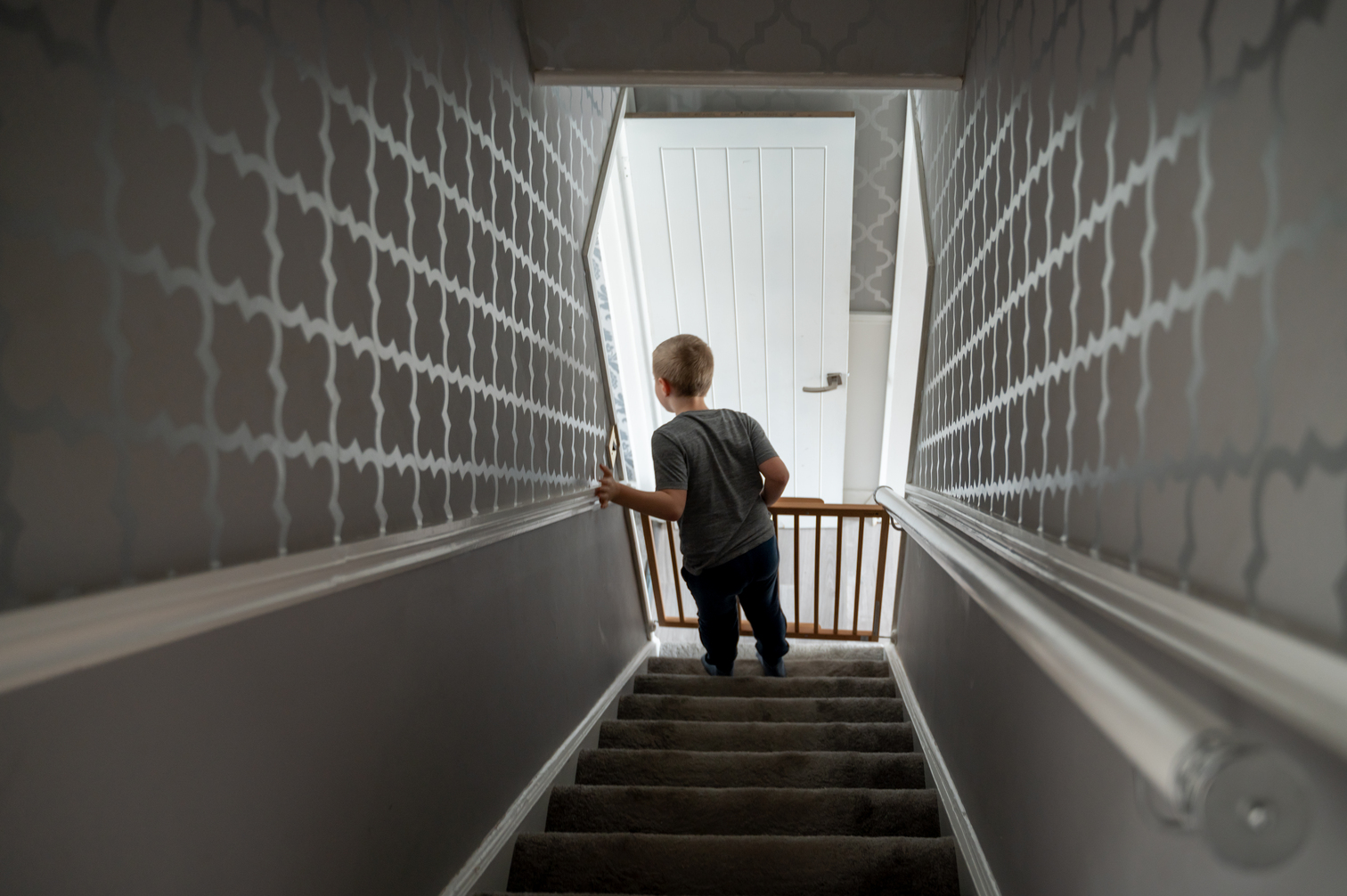
- Choose the Right Type of Safety Gate: There are various types of safety gates available, such as pressure-mounted gates and hardware-mounted gates. Pressure-mounted gates are easy to install and suitable for areas without a risk of falling, like doorways between rooms. Hardware-mounted gates are more secure and are best for the top and bottom of staircases and other high-risk areas.
- Measure the Width of the Opening: Before purchasing a safety gate, measure the width of the opening where you intend to install it. Most safety gates are adjustable, but it’s essential to ensure they fit correctly and securely.
- Install the Safety Gate Properly: If you’re using a pressure-mounted gate, follow the manufacturer’s instructions for installation. These gates usually rely on pressure to stay in place and should not be used at the top of staircases. For hardware-mounted gates, use the included screws to attach the gate to the wall or doorframe securely.
- Position Safety Gates Strategically: Safety gates should be placed in areas where you want to restrict your child’s access, such as at the top and bottom of staircases, in front of kitchens or home offices, and around other potentially dangerous areas or valuable items.
- Check Gate’s Latching Mechanism: Ensure that the safety gate has a reliable latching mechanism that is easy for adults to use but difficult for children to open. Some gates have a one-handed operation, which can be convenient for parents.
- Don’t Rely Solely on Safety Gates: While safety gates are effective for containing young children, they are not a substitute for adult supervision. Always keep a watchful eye on your child, especially in areas where there may still be some risks even with the gate in place.
- Teach Older Children About Gate Safety: If you have older children who can operate the safety gate, teach them about the importance of keeping it closed and secured.
- Regularly Check and Maintain the Gate: Periodically inspect the safety gate to ensure it remains secure and in good working condition. Check for any signs of wear or damage and replace the gate if needed.
- Remove Safety Gates When No Longer Needed: Once your child is old enough to navigate the area safely or no longer needs the gate for containment, remove it to avoid any tripping hazards for adults.
By using safety gates properly and strategically, you can create a safer environment for your child to explore while also maintaining peace of mind knowing they are protected from potential dangers.
Cover Electrical Outlets
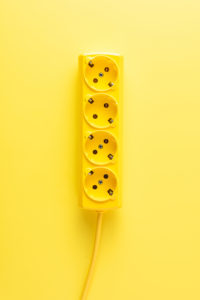

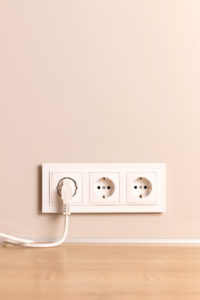
Childproofing your home is an essential aspect of creating a safe environment for your little ones to explore and grow. One of the most critical measures in childproofing is covering electrical outlets. Young children are naturally curious and may try to insert objects into outlets, putting them at risk of electrical shock or injury. To safeguard your child from this potential danger, outlet covers are a simple yet effective solution.
Outlet covers come in various types, including plastic outlet caps, sliding outlet covers, and tamper-resistant outlet receptacles. Plastic outlet caps are easy to install; you simply insert them into the outlets. Sliding outlet covers replace the existing outlet cover and provide an extra barrier against little fingers. Tamper-resistant outlet receptacles require professional installation and feature built-in safety mechanisms to prevent foreign objects from entering the outlet slots.
Conduct a thorough home assessment to identify all outlets that need covering. Focus on outlets at ground level, near play areas, or within your child’s reach. Unplug devices before installing covers for added safety.
Regularly inspect and maintain the outlet covers to ensure they remain secure and undamaged. Educate your child about electrical safety and the importance of not tampering with outlets.
Cord Management
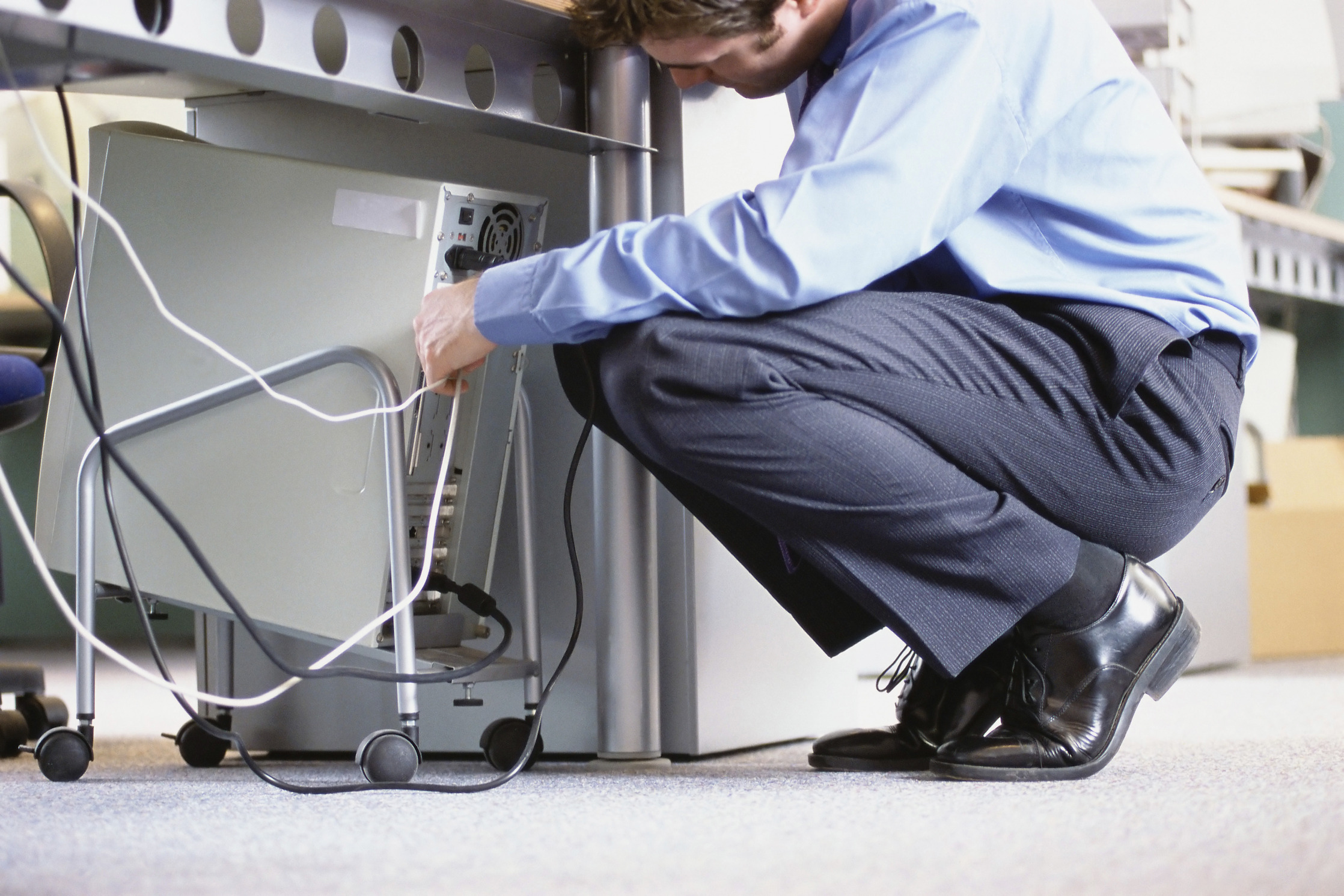
Tangled cords and cables can not only create a cluttered and unsightly appearance in your home but also pose various safety hazards, especially for young children and pets. Proper cord management is essential for maintaining a tidy and safe living space.
Start by identifying the areas with the most cords, such as entertainment centers, workstations, and charging stations. Use cable organizers, cord clips, or cable sleeves to group and secure cords together, preventing them from tangling or becoming trip hazards.
For extra safety, use cord covers or hide cords behind furniture whenever possible. Regularly inspect and adjust cord management solutions to ensure cords remain organized and out of reach. By taking these steps, you can enhance both the aesthetics and safety of your home.
Fireplace Safety
Fireplaces can add warmth and ambiance to a home, but they also present potential safety risks, especially for families with young children. Proper fireplace safety is crucial to prevent accidents and ensure a secure environment.
Start by installing a sturdy fireplace screen or gate to prevent direct access to the flames and hot surfaces. Keep flammable items, such as furniture, toys, and curtains, at a safe distance from the fireplace.
Regularly inspect and clean the chimney to prevent the buildup of creosote, which can cause chimney fires. Never leave a fire unattended, and make sure to extinguish it completely before leaving the room or going to bed.
Window Safety

Window safety is of utmost importance, especially when you have young children in your home. Unsecured windows can pose significant hazards, including falls and entrapment accidents.
Start by installing window guards or safety netting on windows located above the ground floor to prevent falls. Window guards should have quick-release mechanisms for emergency situations. Keep furniture away from windows to discourage climbing.
Teach children about window safety, emphasizing the importance of not leaning or playing near windows. Supervise young children around windows, especially in multi-story homes.
Use Child-Friendly Cleaning Products
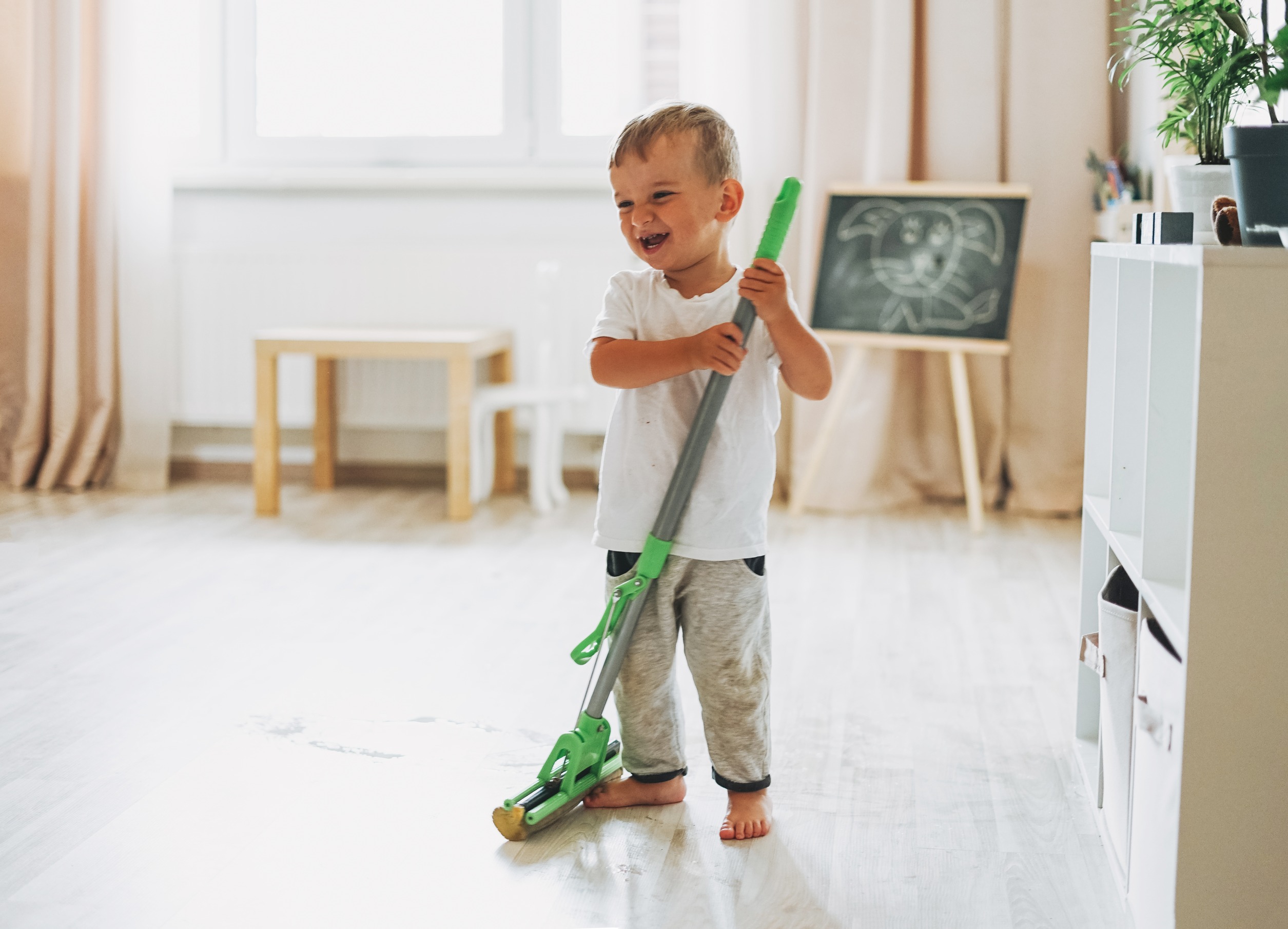
Using child-friendly cleaning products is an essential aspect of maintaining a safe and healthy home environment when you have young children. Conventional cleaning products often contain harsh chemicals that can be harmful if ingested or come into contact with sensitive skin.
Opt for child-friendly, non-toxic cleaning products that are free from harmful chemicals like ammonia, bleach, and phthalates. Look for products with natural and plant-based ingredients, which are safer alternatives for cleaning.
Always store cleaning products out of reach and in securely locked cabinets. Child-resistant packaging can also provide an added layer of protection.
Consider making your own cleaning solutions using simple ingredients like vinegar, baking soda, and lemon, which are effective and safe for use around children.
Educate older children about the potential dangers of cleaning products and the importance of using them responsibly and with adult supervision.
Secure Toilets

Securing toilets is an important aspect of childproofing your home to prevent potential accidents, especially for young children. Toilets can pose drowning hazards, as young children can topple into the water and become trapped.
Consider installing toilet lid locks or toilet seat locks to prevent children from lifting the lid or accessing the water. These locks are easy to install and provide an effective barrier.
Supervise young children during bathroom visits and teach them about toilet safety, explaining that toilets are not for playing or climbing.
Keep the bathroom door closed when not in use to limit access to the toilet area.
Additionally, never leave young children unattended in the bathroom, and ensure they can reach you easily if they need assistance.
Set Water Heater Temperature
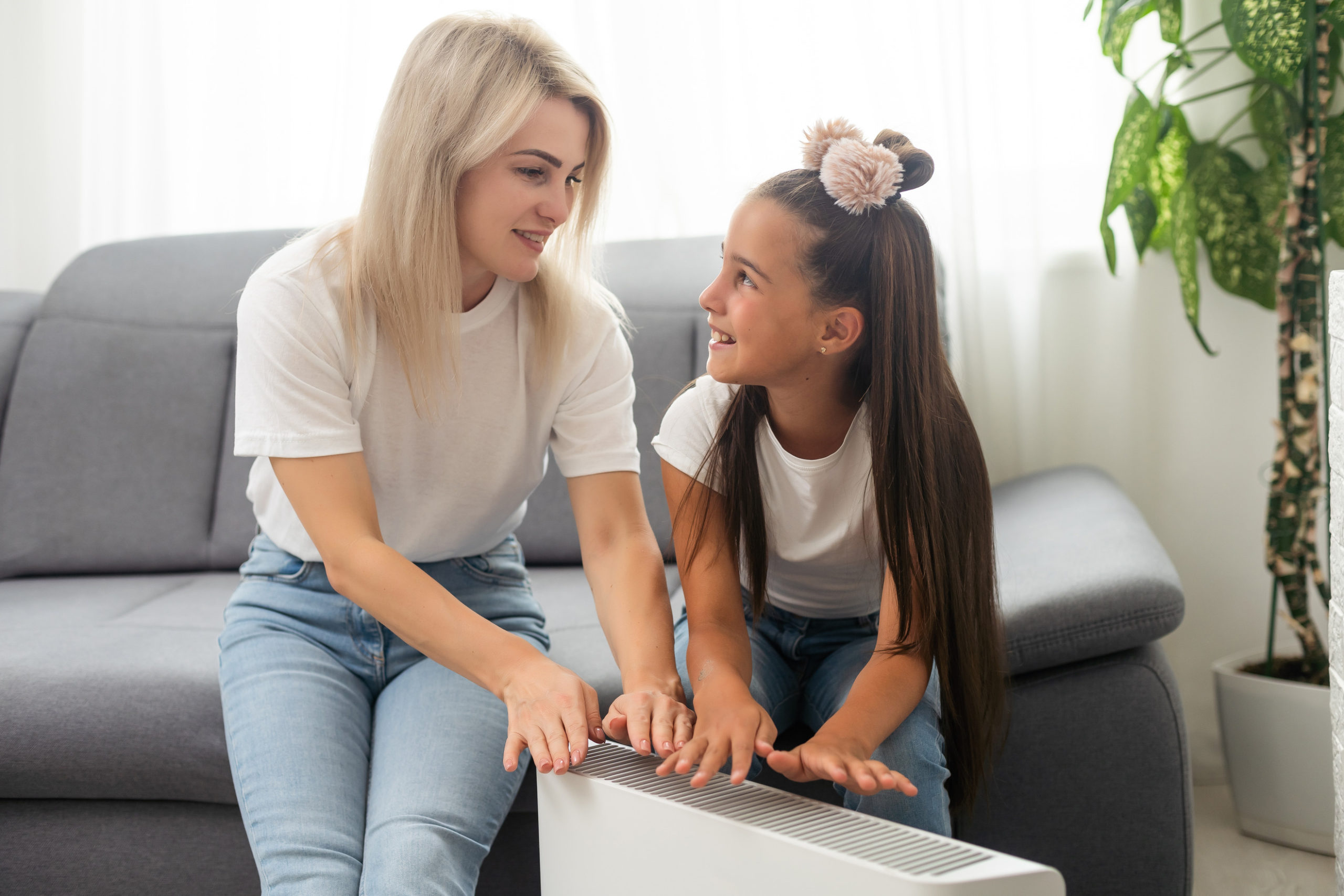
Setting the water heater temperature to an appropriate level is a crucial safety measure that often goes unnoticed. Many water heaters come preset at high temperatures, which can pose scalding hazards, especially for young children and older adults with sensitive skin.
The recommended temperature for most households is around 120°F (48°C). At this temperature, hot water can still meet daily needs comfortably without posing a significant risk of scalding. Lowering the water heater temperature can also help save energy and reduce utility bills.
To adjust the water heater temperature, locate the thermostat on the water heater and use a flathead screwdriver to turn it to the desired temperature setting. Always follow the manufacturer’s instructions for adjusting the temperature to avoid any damage to the unit.
Regularly check the water heater to ensure the temperature remains at the desired level and consider inst
Keep Small Objects Away
Keeping small objects away from young children is a crucial safety measure to prevent choking hazards and other potential dangers. Children are naturally curious and may put small items in their mouths, leading to choking incidents.
As a parent or caregiver, it’s essential to be vigilant and create a child-friendly environment. Regularly inspect the areas where your child plays or spends time, and remove any small objects that could be swallowed or become lodged in their airways. Common small objects to watch out for include coins, buttons, small toys, beads, and small food items.
Keep small objects out of reach by using childproof locks on cabinets and drawers. Store small items in containers with secure lids, and avoid leaving them within reach of young children.
Educate older children about the risks of small objects and the importance of keeping them away from younger siblings.
Supervise Water Activities
Supervising water activities is a crucial safety practice to ensure the well-being of children around pools, bathtubs, and any water bodies. Drowning incidents can happen quickly and silently, even in shallow water. Always maintain constant and vigilant supervision whenever children are near water.

In pools, designate a responsible adult as the designated water watcher, with undivided attention on the children. Never leave children unattended in or near water, and avoid distractions like phone calls or chores during water activities.
In the bathtub, never leave a child alone, even for a brief moment. Empty the tub immediately after use.
Maintain Smoke Detectors and Carbon Monoxide Alarms
Maintaining smoke detectors and carbon monoxide (CO) alarms is essential to ensure the safety of your home and family. These life-saving devices can provide early warnings of fire and the presence of dangerous CO gas, allowing you and your loved ones to take prompt action.
Here are some crucial maintenance tips for smoke detectors and CO alarms:
- Test Regularly: Test smoke detectors and CO alarms at least once a month to ensure they are functioning correctly. Most detectors have a test button for easy checks.
- Replace Batteries: Replace the batteries in smoke detectors and CO alarms at least once a year, or as per the manufacturer’s recommendation. Many devices emit a low-battery warning chirp when it’s time to replace them.
- Keep Clean: Regularly clean the detectors to prevent dust and debris from obstructing the sensors, affecting their performance.
- Replace Old Detectors: Smoke detectors generally have a lifespan of around 10 years, while CO alarms may last between 5 to 7 years. Replace older devices to ensure they are in optimal working condition.
- Check Manufacturer Guidelines: Follow the specific maintenance guidelines provided by the manufacturer to ensure proper functioning and longevity.
- Interconnected Systems: If you have interconnected smoke detectors or CO alarms, ensure they are all working together correctly. When one detector detects smoke or CO, they should all sound the alarm.
- Install in Key Areas: Install smoke detectors in every bedroom, outside sleeping areas, and on each level of your home. Place CO alarms near bedrooms and any fuel-burning appliances.
- Plan Escape Routes: Develop and practice a fire escape plan with your family, ensuring everyone knows what to do in case of an emergency.
- Replace Faulty Devices Promptly: If a smoke detector or CO alarm is malfunctioning or not responding to tests and battery replacements, replace it immediately.
Establish Secure Boundaries
Establishing secure boundaries is essential to create a safe environment for your children and protect them from potential hazards. Secure boundaries can be physical, such as installing fences around a pool or play area, or virtual, like setting digital boundaries for online activities.
In outdoor spaces, secure boundaries prevent children from accessing dangerous areas, such as busy streets or bodies of water. Indoors, use safety gates to restrict access to stairs or areas with potential risks.
For digital safety, set parental controls on devices and monitor your child’s online activities. Educate them about internet safety and the importance of staying within established boundaries.
Teach Strangers Awareness

Teaching strangers awareness is a crucial aspect of child safety education. Children should be taught from an early age about the potential risks of interacting with unfamiliar individuals. While not all strangers are dangerous, it’s essential for children to understand that they should exercise caution and seek adult supervision when encountering someone they don’t know.
Encourage open communication with your child and teach them how to identify safe adults to approach for help if needed, such as police officers, teachers, or parents with children. Role-playing scenarios can be an effective way to practice stranger safety skills and empower children to make informed decisions in unfamiliar situations.
Educate on Emergency Procedures
Educating children about emergency procedures is a vital step in ensuring their safety and preparedness during unforeseen events. Teach them age-appropriate procedures for various emergencies, such as fires, natural disasters, medical incidents, and what to do if they become lost or separated in public places.
Practice emergency drills regularly, so children become familiar with the actions they should take. Teach them to dial emergency numbers like 911 and provide essential information calmly.
Encourage open communication, so children feel comfortable sharing their concerns or fears about emergencies. By educating them on emergency procedures, we empower children to respond calmly and confidently, potentially saving lives and mitigating risks during critical situations.
Secure Garage and Tool Storage
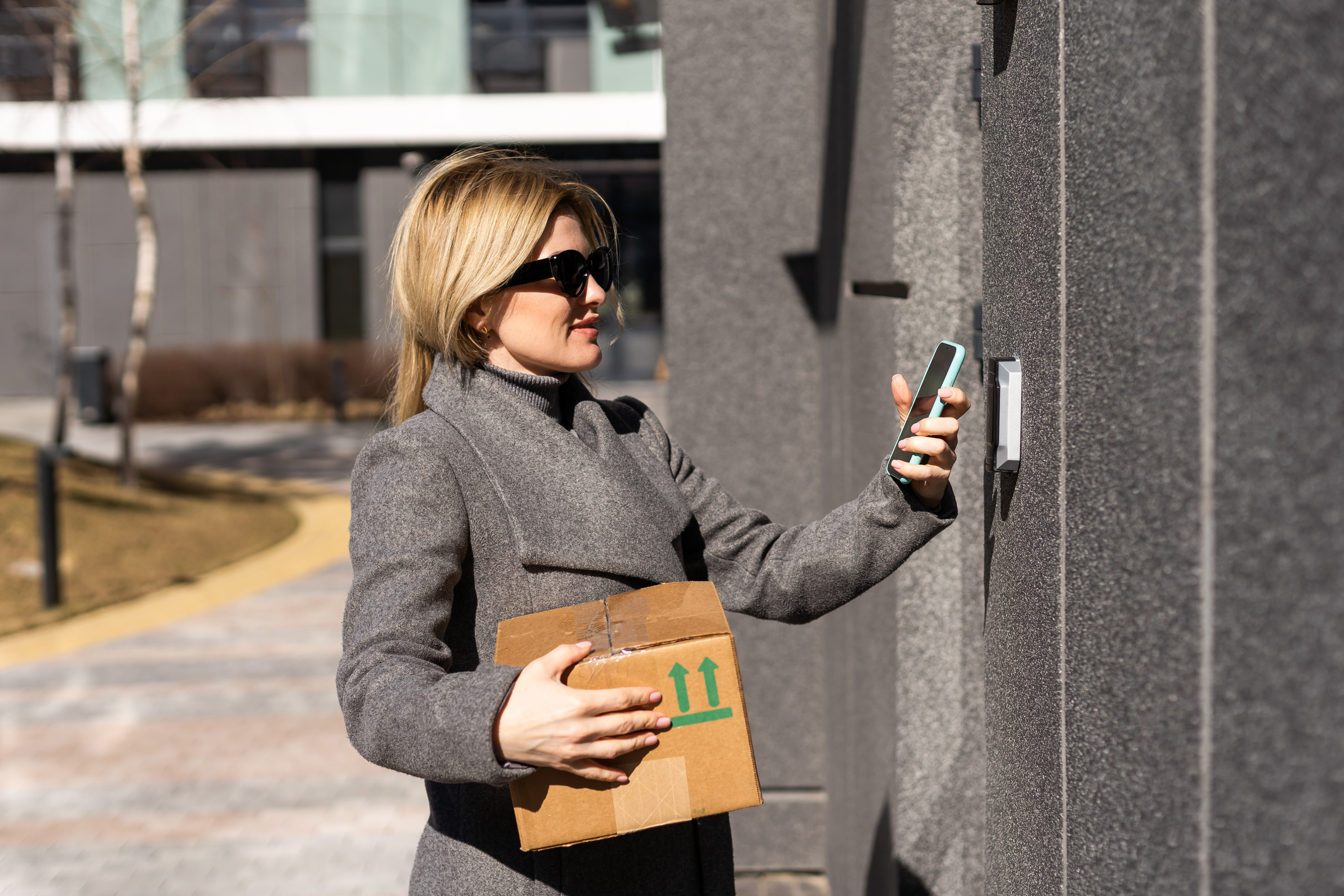
Securing the garage and tool storage is vital to prevent potential accidents and keep hazardous items out of reach of children. Garages often house various tools, chemicals, and sharp objects that can pose risks to curious young minds.
Keep the garage locked at all times to limit access and prevent children from wandering in unsupervised. Install childproof locks on cabinets or storage units containing tools and chemicals.
Store tools and sharp objects in locked toolboxes or on high shelves, out of children’s reach. Label hazardous substances properly and keep them in a secure location.
Educate older children about garage safety and the importance of not handling tools or chemicals without adult supervision.
Limit Access to Dangerous Areas
Limiting access to dangerous areas is a crucial step in childproofing your home and keeping young children safe from potential hazards. Certain areas, such as workshops, storage rooms with chemicals, or rooms with heavy equipment, can be particularly dangerous for children.
Use childproof locks or safety gates to restrict access to these areas, ensuring that only adults can enter. If needed, consider installing doorknob covers or locks to prevent little ones from opening doors to dangerous rooms.
Educate older children about the importance of not venturing into restricted areas and the potential risks associated with them.
Safe Storage of Firearms
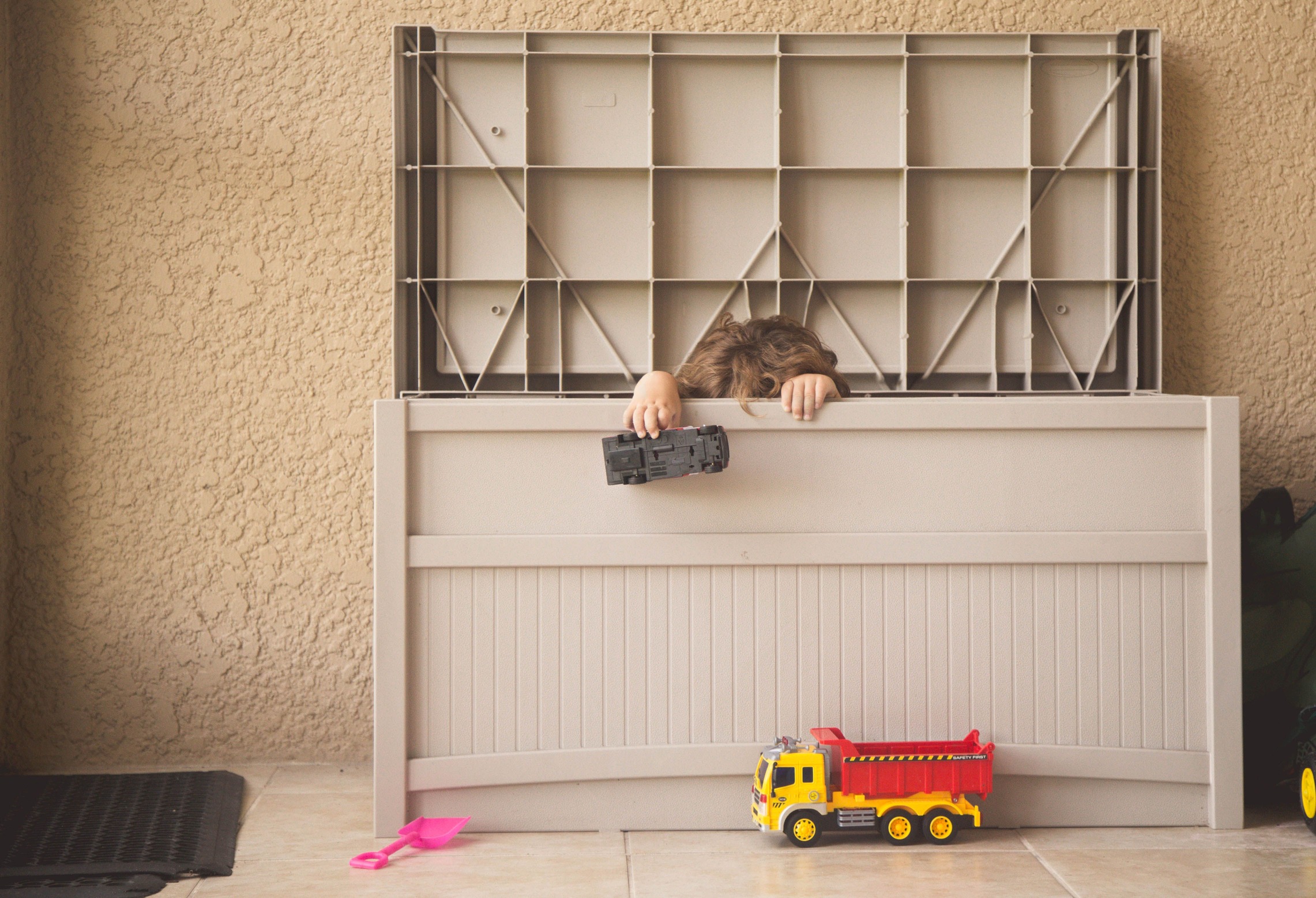
Safe storage of firearms is a critical responsibility for gun owners, especially when children are present in the home. To prevent accidents and unauthorized access, follow these essential guidelines:
- Use a Gun Safe: Invest in a sturdy gun safe to securely store firearms when not in use. Choose a safe that is fire-resistant and has a reliable locking mechanism.
- Lock Firearms and Ammunition Separately: Keep firearms and ammunition locked in separate compartments to further enhance safety.
- Store Gun-Safe Keys and Combinations Securely: Ensure that gun-safe keys or combinations are kept out of reach of children and unauthorized individuals.
- Educate Family Members: Teach family members, especially children, about firearm safety and the importance of never touching or handling guns without adult supervision.
- Unload Firearms When Stored: Always unload firearms before storing them in the gun safe.
Be a Role Model
Being a role model is a powerful way to shape the behavior and values of those around you, especially children. Whether you are a parent, teacher, or caregiver, the actions you demonstrate can have a profound impact on the development of young minds. Here’s why being a positive role model is crucial:
- Influence on Behavior: Children often imitate the behavior they observe. By showcasing positive traits like kindness, honesty, and empathy, you encourage children to emulate those qualities in their interactions with others.
- Teaching Values: Your actions speak louder than words. Modeling honesty, responsibility, and respect helps instill these values in children, helping them become ethical and compassionate individuals.
- Building Confidence: As a role model, you can inspire confidence in children by demonstrating a can-do attitude and a growth mindset. Your resilience in the face of challenges teaches them that they, too, can overcome obstacles.
- Encouraging Healthy Habits: Demonstrating healthy habits, such as regular exercise, balanced nutrition, and stress management, can motivate children to adopt similar practices for their well-being.
- Promoting Positive Relationships: By exemplifying positive communication and conflict resolution, you help children understand the importance of healthy relationships and effective problem-solving.
- Fostering Lifelong Learning: Being curious, open-minded, and eager to learn shows children the value of continuous education and self-improvement.
- Creating a Safe Environment: Being a reliable and consistent role model creates a secure and trusting environment for children to grow and explore.
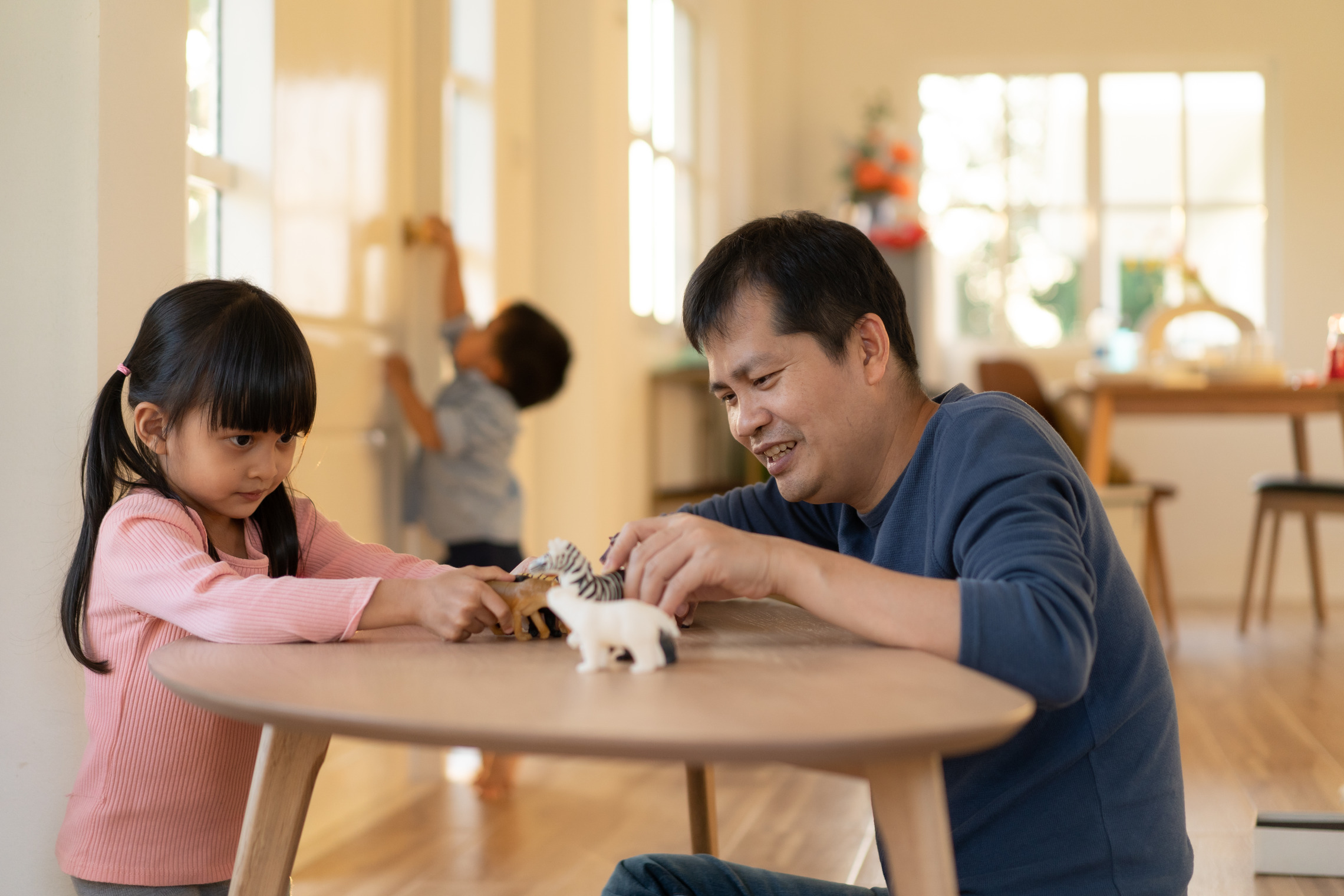
Embrace the power of home automation to create a child-friendly and secure environment for your loved ones! With the latest smart home technology, you can take proactive measures to safeguard your children and ensure their safety at all times.
Install smart locks and security cameras to monitor access points and keep a watchful eye on your home. Use motion sensors and smart lighting to illuminate pathways, preventing trips and falls during nighttime excursions.
Employ smart smoke detectors and carbon monoxide alarms for early detection of potential hazards. Set up remote monitoring systems to keep an eye on your home when you’re away.
Embrace home automation to customize child-friendly security settings that align with your family’s needs. Together, let’s build a safer, smarter, and more protected home environment for our little ones. Invest in home automation for child-friendly security today!
